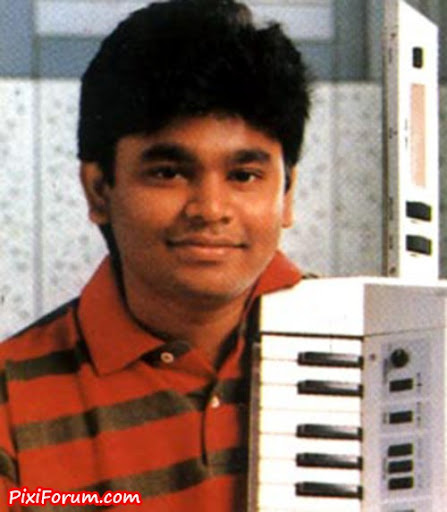I had been to my friend’s Wedding reception yesterday and witnessed a classical flute concert of a twelve year old boy. The boy possessed great talent and knowledge which was evident in his ‘manodharma‘. He was accompanied by senior artistes on mridangam,violin and ghatam.
 After listening for 20 mins, I started feeling something was basically missing in his rendition. It is then I found that his phrases and sangatis were very fast and there was no Raga bhava in it. People think they are acclaimed as great musicians when they are capable of rendering songs with great “Brihas”[fast sangatis]. This is totally a delusion. The real taste of the food lies in the recipe and the preparation. Brihas are like garnishing a food item. This adds beauty however, it should not cover the whole food and it will not help in improving the taste of the food.
After listening for 20 mins, I started feeling something was basically missing in his rendition. It is then I found that his phrases and sangatis were very fast and there was no Raga bhava in it. People think they are acclaimed as great musicians when they are capable of rendering songs with great “Brihas”[fast sangatis]. This is totally a delusion. The real taste of the food lies in the recipe and the preparation. Brihas are like garnishing a food item. This adds beauty however, it should not cover the whole food and it will not help in improving the taste of the food.
I remember the words of my guru, “Brihas should be like pickle in a great meal”. Just because it is tempting to eat, we just cannot eat pickle as a meal. Doing so would result in severe consequences at the back.
At this instance, I would also like to vent out a feeling that I had bottled for a long time. I really do not know what is the problem of great musicians. They think they have horns? probably yes. But they definitely think, they possess the right to commit mistakes. Having understood that the public/people have recognized their talent, they go crazy. Mr. Kadri gopalnath having respected for his talent and knowledge has never always impressed me.
- They set a wrong example for the future/younger generations.
Now coming to the exact point, I really do not know why instrumentalists do not care about how they split a “sangati”? meaning where they take a pause in a line and how they split/splice the sangati. Instrumentalists should be aware of a great fact that, they are being listened to by other musicians/people who know the original song. And the fact is that the original song/lyrics is simultaneously rolled in their mind. For an instance, the famous song vatapi ganapatim bajeham is being played in the following pattern.
va—-ta—–pigana—–patimba—-jeham [—- denotes pause]. This not only spoils the meaning of the line but also causes great distress to the listeners. People can argue, the actual lyric is not spelled out from an instrument. This is answered in my earlier statement.
The beauty of music lies in its simplicity and the Raga bhava. I place a humble request to all the instrumentalists to understand the reality and simplicity of music and ragas and try to bring out a paradigm shift to this trend and preserce the aesthetics,purity and beauty of a great science called classical music.

Recent Comments